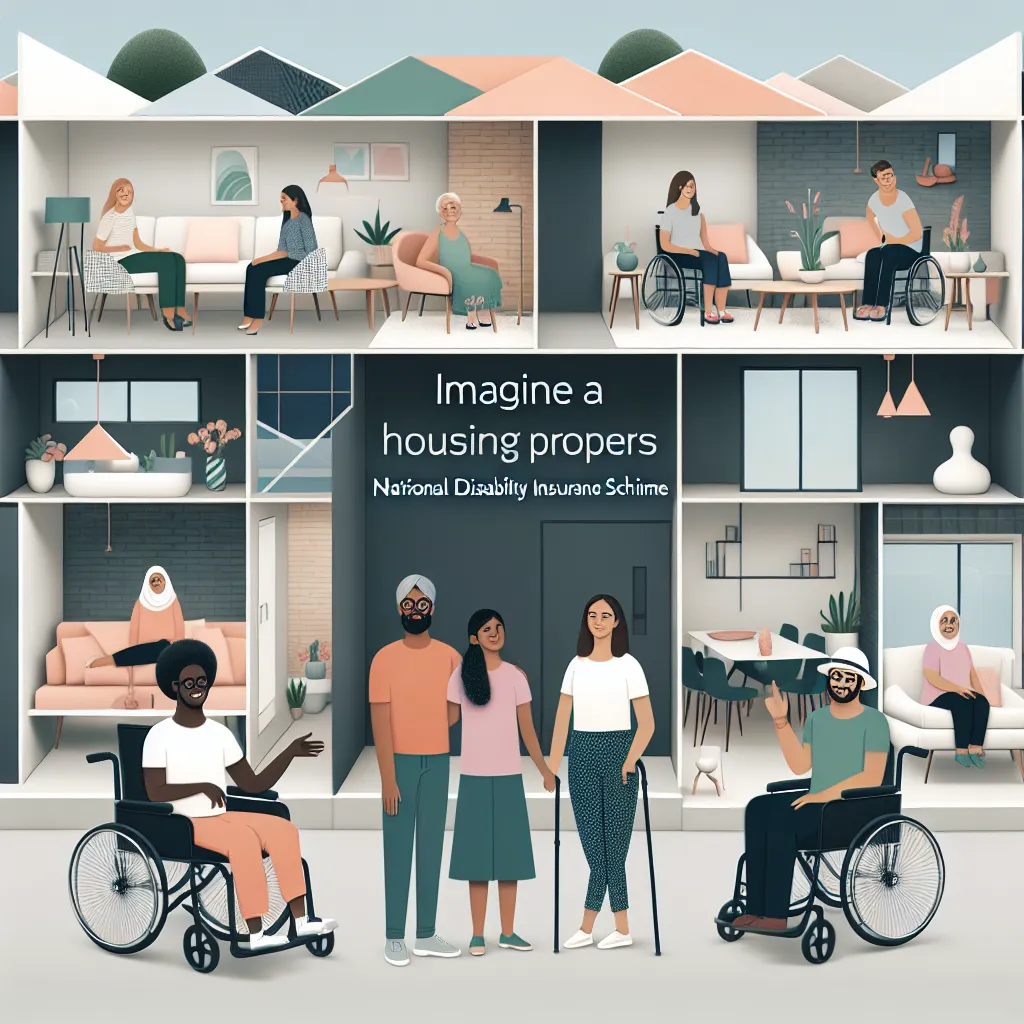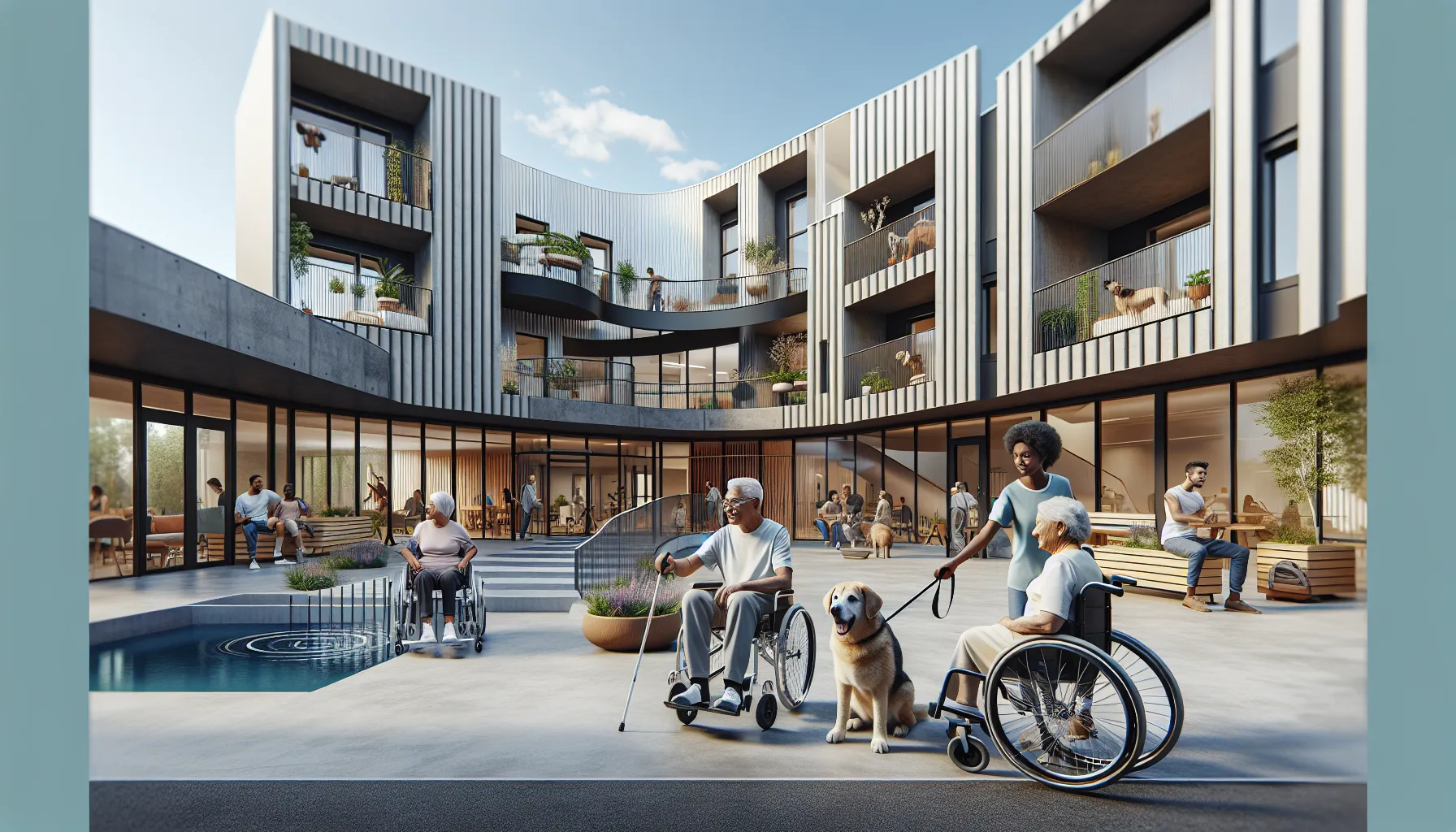Investing in NDIS (National Disability Insurance Scheme) properties represents a unique opportunity not just to grow wealth but also to contribute positively to society. With the current housing market dynamics where the supply of accessible housing falls short of demand, the NDIS property investment sector is emerging as both a lucrative and socially impactful avenue. But what exactly makes this investment strategy stand out, and how can one navigate this niche market effectively?

Understanding the NDIS Property Market
What is NDIS Property Investment?
NDIS property investment involves purchasing or developing properties that meet the Specialist Disability Accommodation (SDA) standards. These properties are designed to accommodate individuals with disabilities, ensuring they have access to suitable living conditions. The NDIS provides funding for these dwellings, creating a stable income stream for investors willing to meet these standards.
Why Invest in NDIS Properties?
- High Demand: With a growing number of NDIS participants, there’s a substantial demand for accessible housing.
- Government Support: The Australian government actively encourages investment in this sector to bridge the accessibility gap.
- Attractive Returns: Investors can achieve rental yields between 8-15%, which is competitive compared to traditional real estate investments.
Conducting Due Diligence
Before diving into NDIS property investment, thorough due diligence is crucial. This includes:
- Market Analysis: Understand the demand-supply dynamics in different regions. Focus on areas with a shortage of SDA properties.
- Cost Evaluation: Factor in development costs, potential vacancies, and maintenance expenses to project net yields accurately.
- Compliance: Ensure properties meet all NDIS guidelines regarding accessibility and housing standards.
Steps to Invest in NDIS Properties
Research and Location Selection
Identify regions with a high demand for SDA housing. Areas with robust infrastructure and essential amenities will likely have higher occupancy rates.
Partner with Specialists
Engage with NDIS-approved property firms or real estate agents specializing in SDA properties. They provide insights into regulations, building requirements, and financing options.
Financing and Purchasing
- Specialized Loans: Consider NDIS-specific loans, keeping in mind the need for higher deposits (often 30-35%).
- Off-the-Plan Purchases: Buying properties off-the-plan allows customization for accessibility features, albeit with potential construction delays.
Management and Tenant Placement
Hiring an NDIS-accredited property manager ensures compliance and efficient tenant management. They handle paperwork, tenant screening, and maintenance, securing reliable rental income.
Evaluating Risks and Returns
While NDIS investments promise high yields, it’s imperative to assess risks. Market saturation, policy changes, and construction delays can impact returns. Hence, realistic financial projections and contingency plans are essential.
Real-Life Example: The Georgia Housing Market
In Georgia, the NDIS investment landscape reflects the broader Australian trend. Regions with strong community support systems and healthcare facilities are prime locations for SDA properties. By focusing on these areas, investors can maximize both social impact and financial return.
Conclusion: The Role of Technology
Navigating the NDIS property investment landscape requires a blend of strategic planning and expert advice. Platforms like AnySqft use AI-driven insights to streamline this process, offering tailored recommendations and connecting investors with top-tier real estate professionals. Embracing such technologies can enhance decision-making and optimize investment outcomes.
Summary
Investing in NDIS properties offers a dual benefit of financial gain and societal contribution. By understanding market dynamics, complying with regulations, and utilizing expert networks, investors can capitalize on this growing sector while supporting an essential cause.
Buy NDIS Property
Investing in NDIS properties is a rewarding opportunity that merges financial gain with social impact. Here’s how to get started:
Key Steps:
- Research: Analyze areas with high demand for Specialist Disability Accommodation (SDA).
- Compliance: Ensure the property meets NDIS accessibility standards.
- Financing: Look for NDIS-specific loans to secure your investment.
Benefits:
- High Returns: Enjoy competitive rental yields.
- Government Support: Benefit from initiatives promoting disability housing.
For a streamlined approach to finding and managing NDIS properties, use AnySqft, your go-to platform for real estate insights and connections. Explore AnySqft today!
